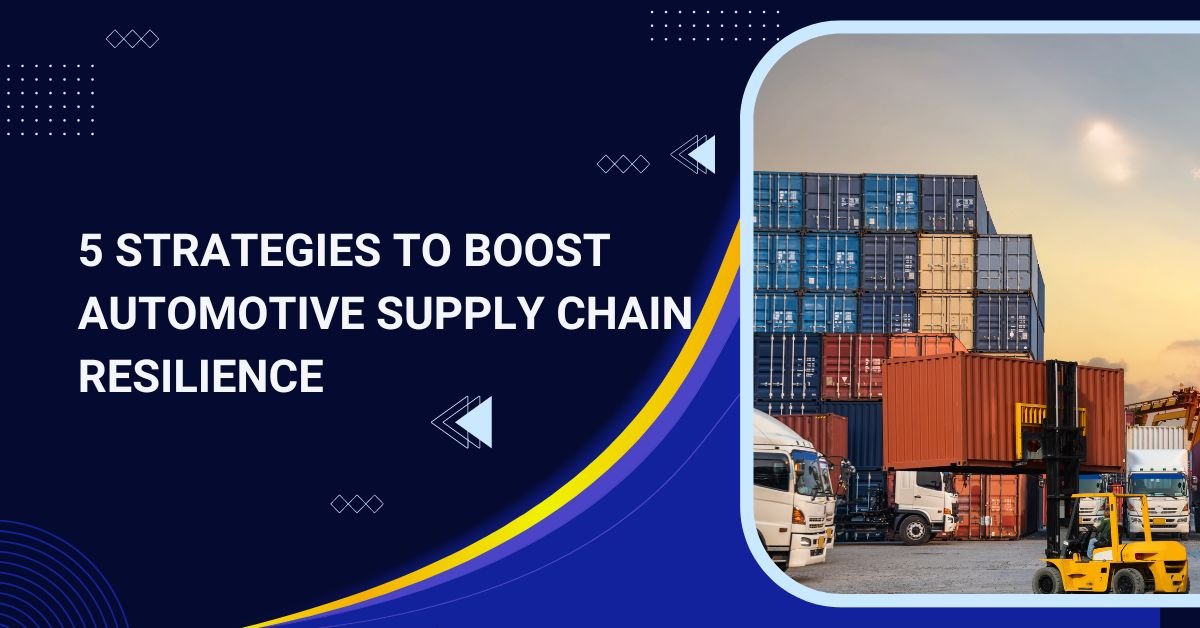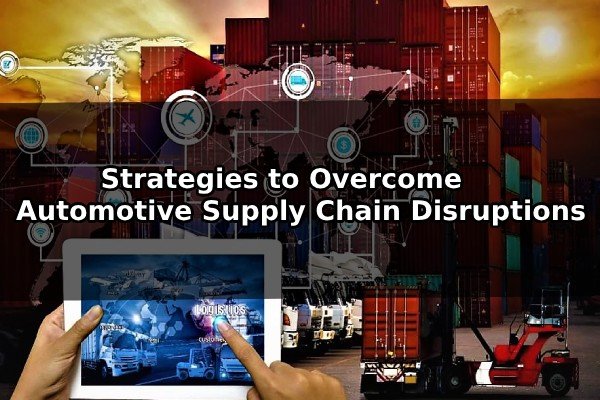The automotive industry, renowned for its innovation and complexity, operates within a global network where supply chain dynamics significantly impact performance. Navigating through pitfalls has become a critical challenge for automotive companies seeking operational excellence and resilience in the face of uncertainties. This comprehensive article explores the multifaceted challenges within the automotive industry’s supply chain, delving into manufacturing risks, logistics challenges, procurement strategies, and the vital role of risk mitigation in sustaining a robust supply chain.
Understanding Automotive Industry Challenges:
The automotive sector is no stranger to the dynamic shifts in global markets, technological advancements, and geopolitical landscapes. These factors contribute to a complex web of challenges, ranging from manufacturing risks to logistics intricacies. The success of the industry depends on effective procurement strategies, accurate demand forecasting, and cultivating strong supplier relationships. In this context, it becomes imperative to explore how these elements intersect and impact the overall resilience of the supply chain.
Navigating Supply Chain Vulnerabilities:
Central to our exploration is a detailed examination of supply chain vulnerabilities in the automotive sector. Each facet of the supply chain, from procurement processes to logistics management, is susceptible to disruptions. Recognizing these vulnerabilities is the first step toward developing effective risk mitigation strategies. The article underscores the need for industry leaders to navigate through these challenges adeptly, emphasizing the importance of proactive risk management in ensuring the continuity of operations.
How to Conduct a Comprehensive Risk Assessment
Conducting a comprehensive risk assessment is a critical step for businesses seeking to identify, evaluate, and mitigate potential risks that could impact their operations. The process typically begins with defining the scope and objectives of the assessment. This involves clearly outlining the goals, the specific areas or processes to be assessed, and the desired outcomes. Establishing a clear scope helps in focusing efforts on relevant risk factors and ensures a thorough evaluation of the identified areas.
Once the scope is defined, businesses need to identify and classify potential risks. This involves a systematic examination of internal and external factors that could pose threats. Common categories include financial risks, operational risks, regulatory risks, and strategic risks. Utilizing tools such as risk matrices or heat maps can assist in visually representing the likelihood and impact of each identified risk, aiding in prioritization.
After identifying risks, it’s crucial to assess their potential impact on the organization. This includes evaluating the severity of consequences, the likelihood of occurrence, and the organization’s ability to recover. Quantitative and qualitative methods can be employed to assign values to these factors. A comprehensive risk assessment also involves considering potential risk interdependencies, as one risk may exacerbate or mitigate another.
Strategies for Mitigating Supply Chain Risks:
To address the identified vulnerabilities, automotive companies are adopting a range of risk management approaches. These include enhancing supply chain resilience, implementing best practices in supply chain management, and optimizing supply chain processes. In-depth analysis and case studies illustrate how industry leaders are proactively managing automotive supply chains, minimizing risks, and ensuring business continuity in an ever-evolving landscape.
Supplier Relationships and Collaboration:
One of the critical pillars in mitigating supply chain risks in automotive industry is the establishment of strong relationships with suppliers. Effective collaboration fosters transparency, communication, and a shared commitment to resilience. This section investigates how forging strategic partnerships with suppliers contributes significantly to navigating the pitfalls in the automotive supply chain. Real-world examples highlight successful collaboration models that enhance supply chain stability.
The Role of Technology and Innovation:
Advancements in technology play a pivotal role in mitigating supply chain vulnerabilities within the automotive industry. From sophisticated demand forecasting tools to the integration of automation in manufacturing processes, the sector is at the forefront of embracing innovation. This section explores how technology reshapes supply chain management, offering insights into the transformative impact of Industry 4.0 on the automotive industry’s supply chain dynamics.
Conclusion:
In conclusion, the supply chain risks in the automotive industry present formidable challenges, but strategic planning and proactive measures can effectively navigate these pitfalls. By addressing manufacturing risks, optimizing procurement strategies, and fostering strong supplier relationships, automotive companies can fortify their supply chains against disruptions.
This article underscores the importance of continuous adaptation, collaboration, and innovation in managing the intricate supply chain dynamics within the automotive industry. As the industry continues to evolve, embracing resilience and implementing effective risk mitigation strategies will be essential for sustained success in an ever-changing global landscape.



